Description
Spécifications:
| Appearance | Practically clear, colorless solution. |
| Ammonia (NH ) | 0.004% |
| Chloride (Cl) | 0.03% |
| Insoluble Matter | 0.02% |
| Nitrate (NO3 ) | 0.004% |
| Sulfate (SO4 ) | 0.005% |
| Heavy Metals and Iron. | No color formation on addition of Hydrogen Sulfide |
Used as a Fixative:
Issidorides, M.R., and Kasorchis, T. (1981).
Dispersed and compact chromatin demonstrated with a new EM Method: phosphotungstic acid-hematoxylin block-staining. Histochemistry 73,21.
Used widely as a Negative Stain:
– As Spray method: Horne, R.W., and Pasquali-Ronchette, I. (1974). A negative staining-carbon film technique for studying viruses in the electron microscope.
– Preparation procedures for examining icosahedral and filamentous viruses. J. Ultrastruct. Res. 47, 361. Locke, M., and Kirhman, N. (1971).
– Hot Alcoholic phosphotungstic acid and uranyl acetate as routine stains for thick and thin sections. J. Cell Biol., 50, 550.,Farragiana, T., and Marinozzi, V. (1979).
– Phosphotungstic acid staining of polysaccharides containing structures on epoxy embedded tissues. J. Submicrosc. Cytol. 11, 263.Bloom, E.E., And Aghajanian, G.K. (1968).
– Fine structural and cytochemical analysis of the staining of synaptic junctions with PTA. J. Ultrastruct. Res. 22, 261.
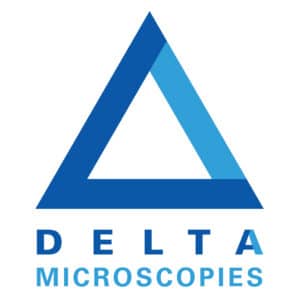
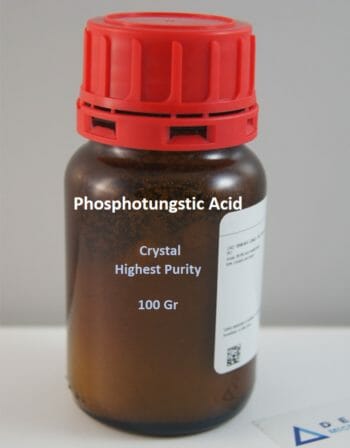
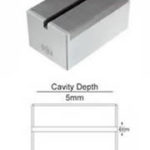
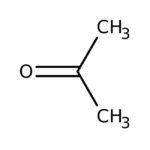
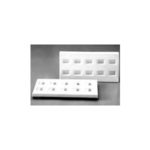


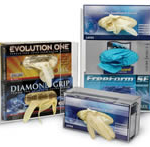

Reviews
There are no reviews yet.